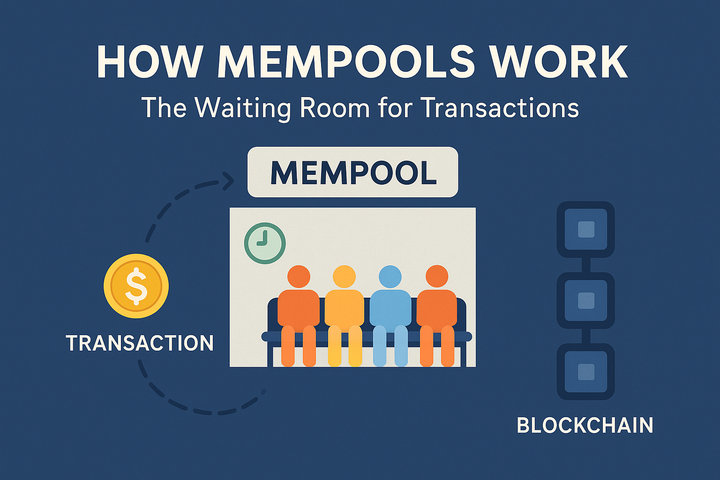🧪 Theo Straddle Vault: Unlocking Delta-Neutral Yield Across Chains

A deeper look into the first Matrix Vault campaign offering cross-chain, composable, and automated yield through delta-neutral strategies
🔍 What Is the Theo Straddle Vault?
The Theo Straddle Vault is the first implementation of the Matrix Vault architecture by Mitosis, developed in collaboration with Theo Network. It’s a smart contract–based delta-neutral yield strategy that democratizes access to institutional-grade arbitrage.
With no need for active trading or technical knowledge, users can deposit assets like ETH, USDC, or wBTC into the vault and benefit from automated funding-rate arbitrage, executed across centralized markets.
🔗 Official campaign announcement on X
🔗 What is the Matrix Vault?
🧠 How the Delta-Neutral Strategy Works
The Theo Straddle Vault implements a classic delta-neutral straddle strategy, composed of:
- A long spot position: User deposits are held in Vanilla Assets (vUSDC, vETH, vBTC) on-chain.
- A short perpetual position: Theo's algorithm places shorts on centralized exchanges (CEXes), like Binance or Bybit.
The goal is to capture the positive funding rate (paid by perpetual long traders), thereby generating yield independent of price direction.
🔗 Delta-Neutral Strategies Explained
🔗 Theo Network campaign details
🛡️ Fully Automated and Transparent
Theo Straddle is 100% smart-contract controlled through the Matrix Vault framework. That means:
- Strategy execution is trustless and verifiable
- Deposits and withdrawals are fully transparent
- Performance can be audited in real time on-chain
Users can monitor TVL, APR, and fee structures at any moment. It also features flexible entry/exit windows, ideal for passive users.
🔗 Matrix Vault Architecture
🔗 Smart Contract Transparency
🌉 How Cross-Chain Liquidity Powers the Vault
Assets are deposited as Vanilla Assets, Mitosis’ signature bridge-free, cross-chain standard. This gives the strategy:
- Composability: Vaults can route liquidity across chains
- Portability: Users can withdraw on any supported network
- Efficiency: No bridging = lower costs and faster execution
🔗 What Are Vanilla Assets?
🔗 Understanding Cross-Chain Liquidity
💼 Institutional Performance, DeFi Accessibility
Historically, funding-rate arbitrage was the domain of hedge funds and prop trading desks. Mitosis and Theo make it open to any DeFi user, regardless of background.
- No centralized custody
- Fully decentralized and community-owned
- Automated returns without active trading
🔗 The Rise of Smart Contract Strategies
🔗 EOL vs Matrix Liquidity
📊 Campaign Results and Early Traction
The vault quickly reached initial deposit caps, showing strong demand. Key results include:
- High vault utilization
- Sustainable APRs during volatile periods
- Active governance participation from the Mitosis DAO
🔗 Campaign Dashboard
🔗 Real-Time Vault Stats
🛠 Roadmap: What Comes Next?
Mitosis is building a robust pipeline of Matrix Vaults. Planned upgrades include:
- Expanded asset pairs (LSTs, LRTs, stablecoins)
- Real-time delta management
- Integration with Ecosystem-Owned Liquidity (EOL)
- DAO-based vault governance and dynamic fee tuning
🔗 Mitosis Protocol Vision
🔗 Full Mitosis Docs
🔗 How DAO Governance Works
📚 Resources to Dive Deeper
If you want to start using Theo Straddle or explore the Matrix system further:
🔗 Theo Straddle Vault Overview
🔗 How Matrix Vaults Work
🔗 Vanilla Assets Deep Dive
🔗 Getting Started with Mitosis



Comments ()